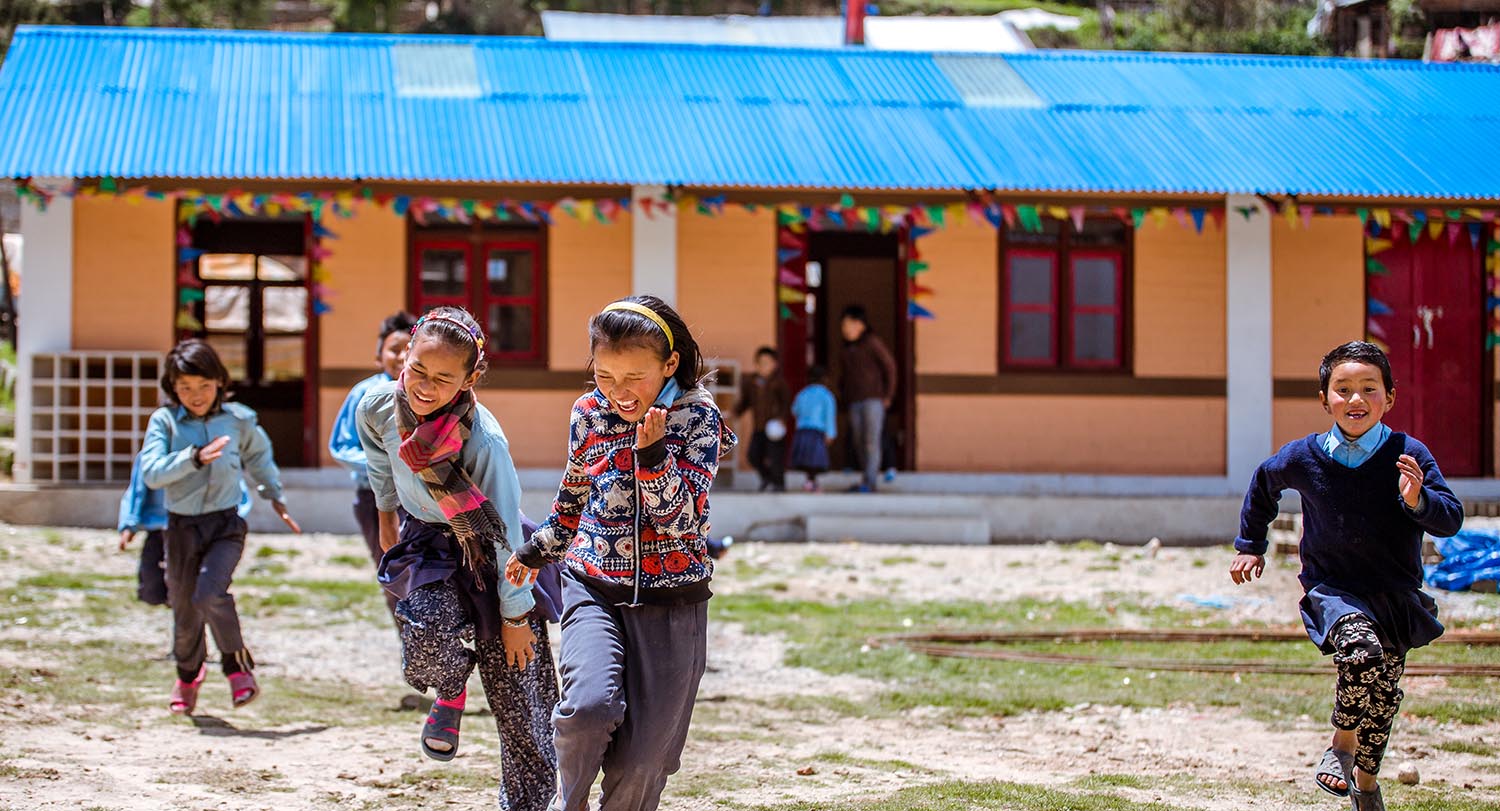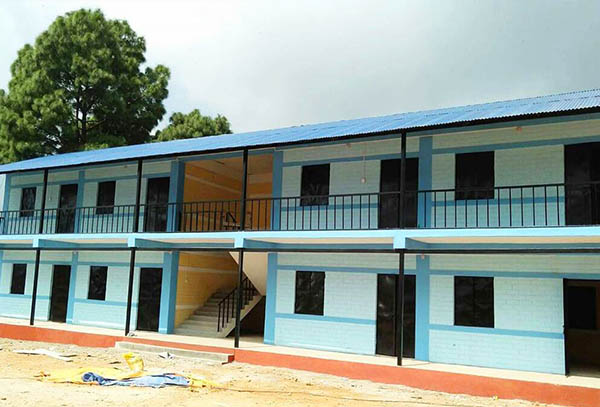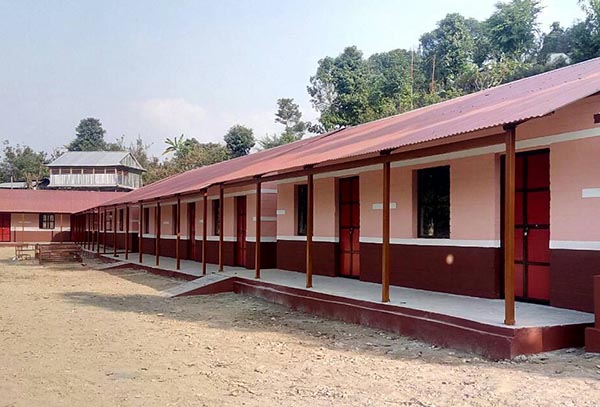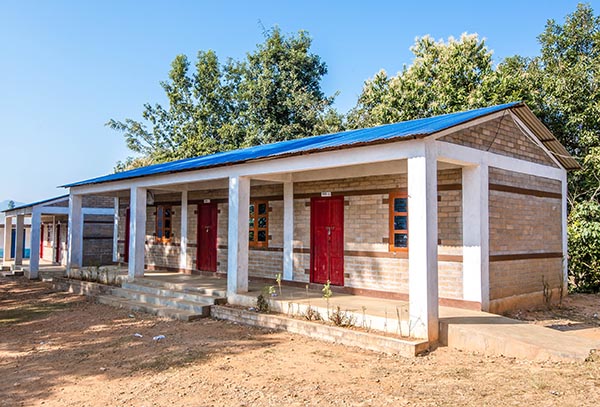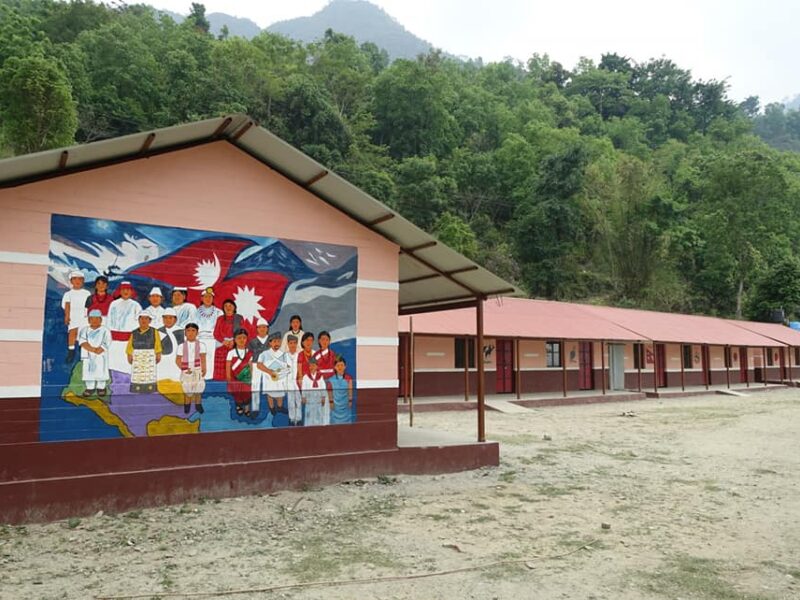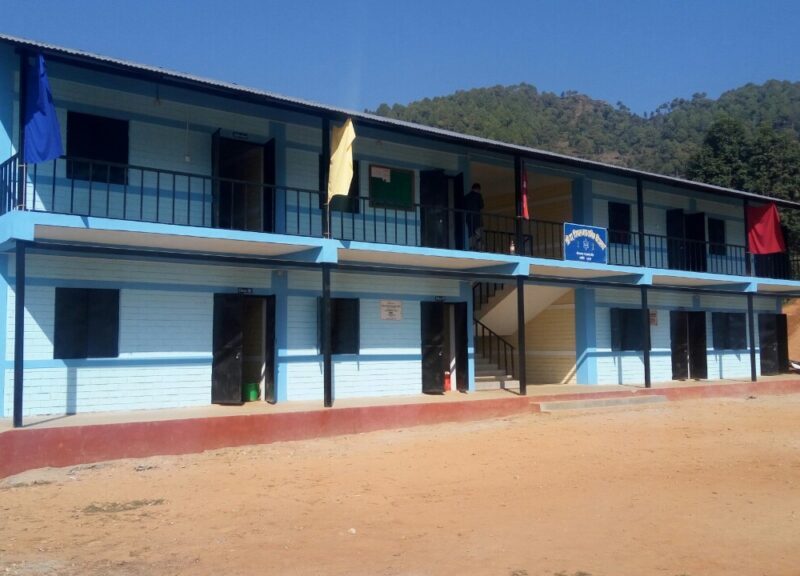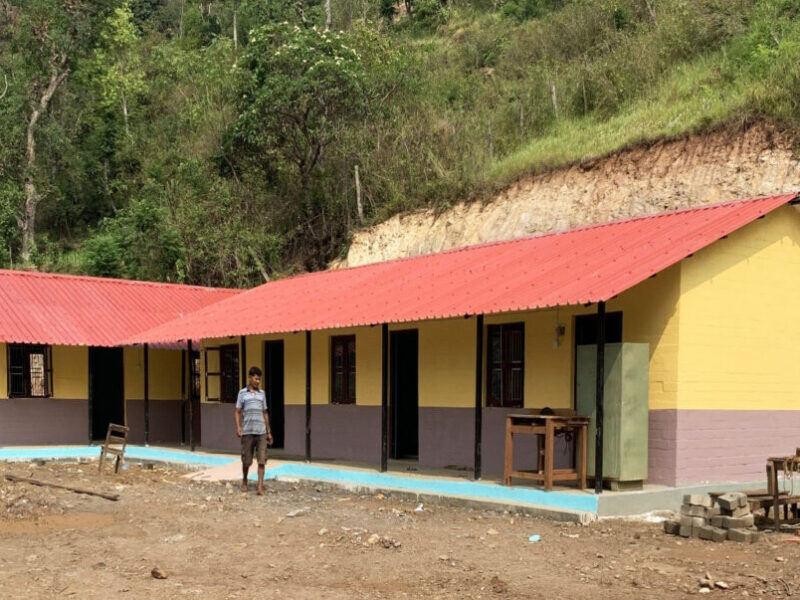Building schools and health posts
Safe, sustainable & affordable
Interlocking Bricks (CSEB) is the perfect technology for building rural schools and health posts. It is eco-friendly, earthquake resistant and reduces cost of construction. By using local materials and empowering local people the construction budget stays in the village creating long-term jobs and development.
Government approved drawings
Build up Nepal have a range of government approved type designs for schools in Interlocking Bricks. We can also approve new buildings based on your requirement.
For more information contact us at info@buildupnepal.com
Training your team in Interlocking Bricks
Build safe schools at low cost
We believe the most effective way to build in rural areas is by empowering local people and using local materials. Build up Nepal provides machines, training and support to help NGOs and their partners to build earthquake resistant at low cost.
Build up Nepal can train your team to produce and build with Interlocking Bricks.
- High quality machines with one-year warranty
- Production training and quality control
- Mason training and supervision
- Government approved drawings
- Cost calculations and technical support
Our model empowers local community and builders to make their own bricks, build earthquake resistant at low cost and create long-term development locally.
Cost comparison
Interlocking Bricks vs fired bricks
The cost of construction depends on location, classroom size and design of the school. We have found that on average the cost saving is 100,000 – 150,000 rs per classroom compared to fired bricks. In remote locations without road access the savings are even higher.
Contact us for a cost comparison in your location
Eco-friendly
35-60% lower CO2
Interlocking bricks are made of local sand and soil as core materials with 10% cement. The mixture is compressed in a machine which results in a compacted brick with high density. The bricks are then stacked and cured for 21 days – the cement sets and bonds with the sand stabilizing the brick. The soil compresses, which adds to the high density and strength. An Interlocking Bricks has the same behavior and mechanical properties as concrete or ordinary fired bricks but CO2 is 35-60% lower.
Compared to building with fired bricks it is very good for the climate and environment. Each classroom saves around 7 tons of CO2. It also creates local jobs, income and development in the village.

Earthquake resistant
Safe schools
Schools built with Interlocking Bricks are highly earthquake resistant and therefore very suitable in Nepal. Before the 2015 earthquake four schools were built in Dolhaka very near to the epicentre. All four schools were undamaged by the earthquake.
The bricks interlock (like pieces of Lego) and walls are reinforced with iron bars, both horizontally and vertically, adding to the strength and making the structure earthquake resistant.
Vertical bars are put in each corner, at doors and windows and evenly spaced throughout the walls. This is connected with horizontal seismic bands making the whole structure interconnected and earthquake resistant.


